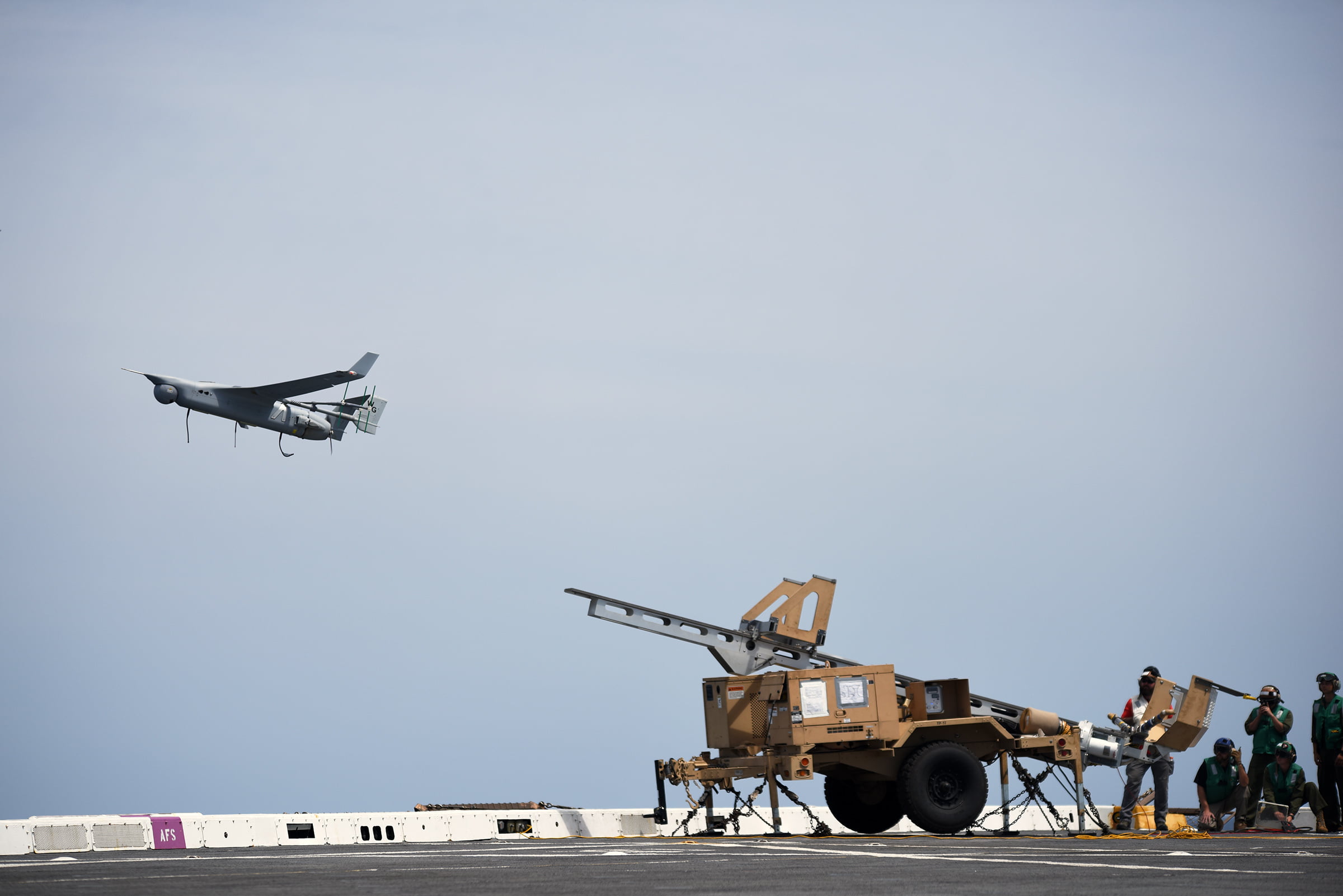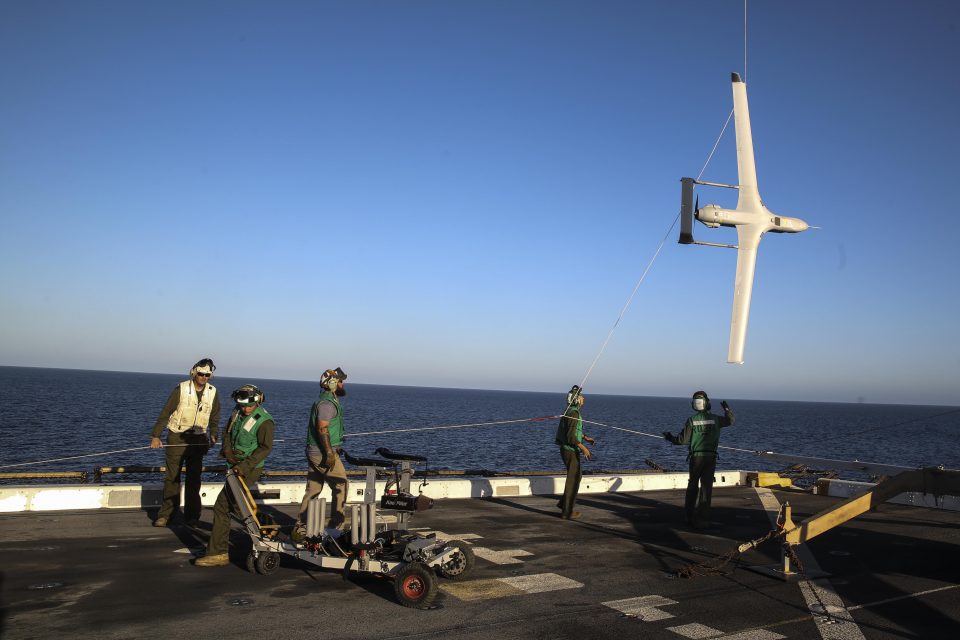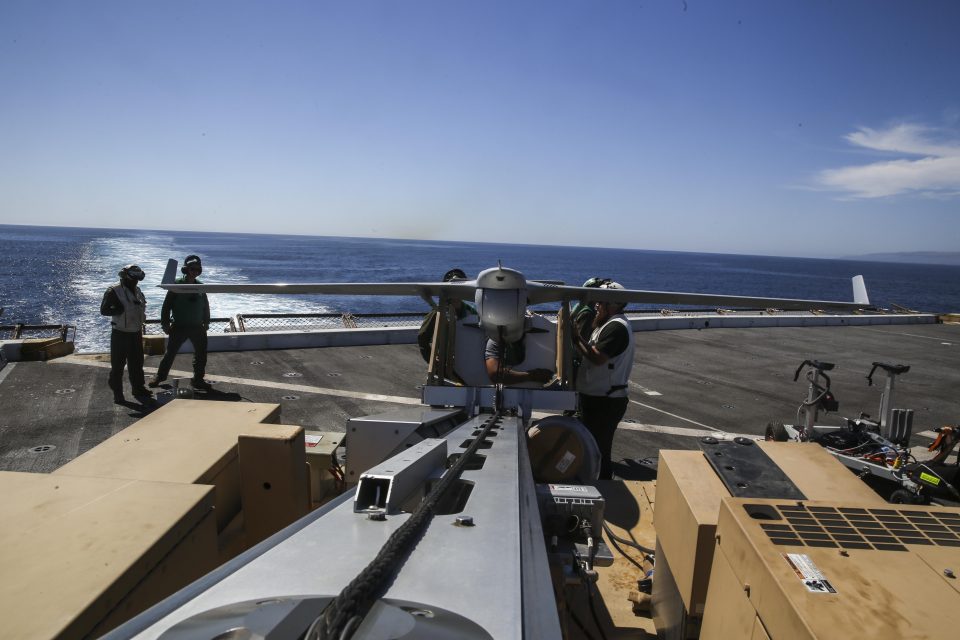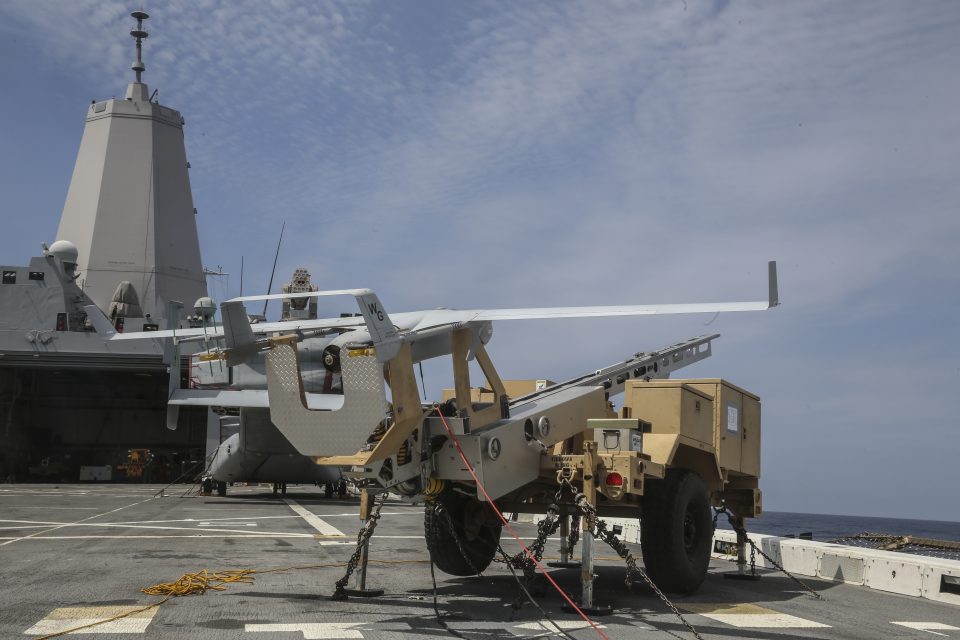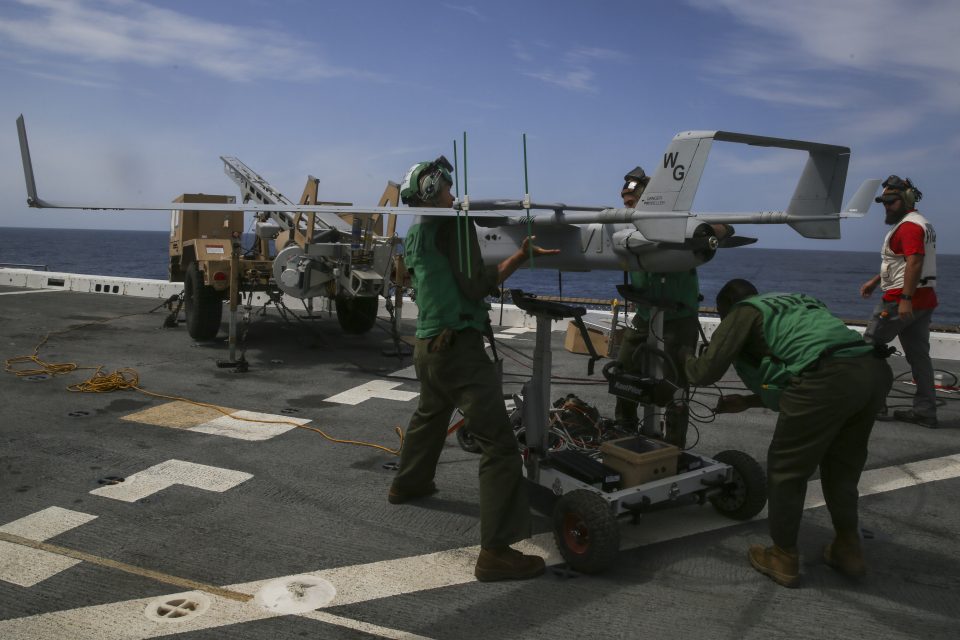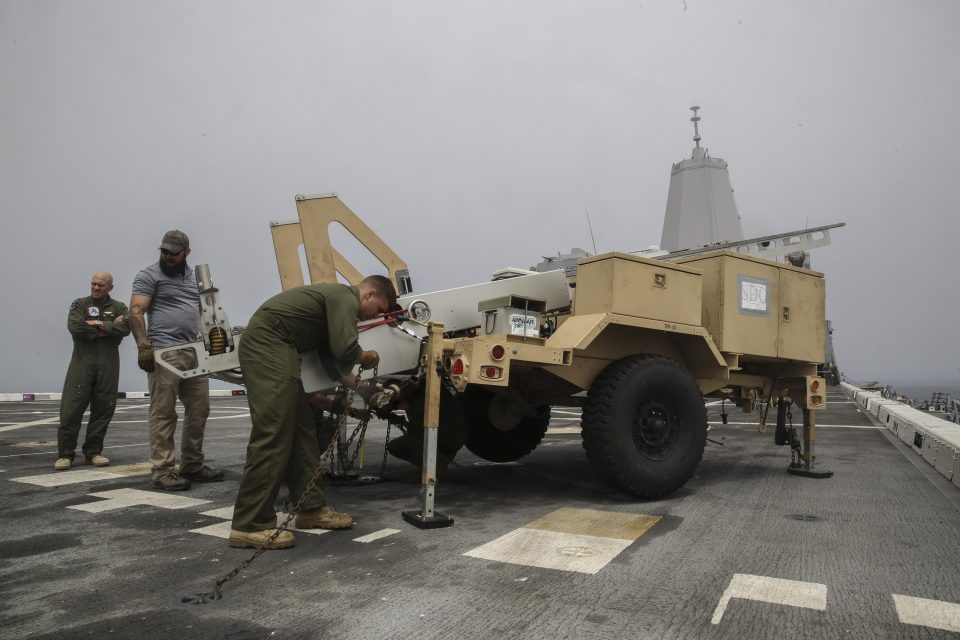2017-05-17 By Robbin Laird
A key dynamic with the shift from the land wars to shaping a 21st century combat fore is the crucial opportunity the US and its closest allies have to learn from each other thanks to the number of core weapons systems being bought at the same time.
Almost hidden in plain view is the emergence of a significant driver of change –-flying the same aircraft at the same time, and cross learning from each other.
http://breakingdefense.com/2017/04/allies-can-help-us-lower-weapons-costs-build-new-force/
A case in point is the F-35.
There was much recent press on the arrival of USAF F-35s in Europe, landing at RAF Lakenheath and operating from there and then some of those aircraft going to Estonia and then Bulgaria. SACEUR himself showed up at RAF Lakenheath and underscored how significant the arrival of these aircraft was for a training mission in Europe.
For example, in an article by Robert Wall entitled “US jet fighters flex muscle amid Russia tensions” published in The Wall Street Journal, the arrival of the USAF jets in the UK and in Europe is highlighted. It is noted that the U.S. does not intend to permanently deploy the jets in Europe until 2020, and that “several allied air forces, are also buyers.”
https://www.wsj.com/articles/new-u-s-jet-fighters-flex-allied-muscle-in-europe-1493977219
But missing in plain view or perhaps plane view is the reality of the F-35 global enterprise being laid down prior to the arrival of any permanent U.S. deployment, and that global enterprise is being laid down by allies, not the U.S. simply by itself.
To take the key case, look at the United Kingdom.
Hidden in plain view is the fact that the UK is standing up its F-35 base PRIOR to the United States. And that the first squadron for the UK and Australia for that matter is being trained and equipped in the United States prior to their arrival in each of their countries. This is a case of the pilots and maintainers learning common approaches from the ground up PRIOR to standing up the new F-35 bases.
And not only that, but the facilities being established in Europe can provide a key sustainment and operational enterprise which the US as well as allies can leverage in common. Or put bluntly, the U.S. if its follows an innovative sustainment model can gain significant savings and operational advantages from leveraging the European infrastructure, rather than flying in parts and other materials to support ITS jets. The impact of savings to the lift and tanking fleet for the USAF could be very significant indeed from coming up with a 21st century approach to sustainment, support and sortie generation.
It is not just about the US sending advanced jets to Europe; it is about the US being smart enough to embed its jets in a broad scale renorming of airpower associated with the coming of the F-35 to a significant part of the allied combat fleet at virtually the same time.
Last year I visited RAF Lakenheath and recently visited both RAF Marham and RAF Lakenheath to discuss the progress in standing up F-35 bases at both facilities.
The F-35 is a data rich aircraft and needs to see a 21st century basing infrastructure built to support it as is the case of with some other aircraft like Wedgetail, P-8 and Triton. The UK and the US are rebuilding in common their respective bases from which they will operate their F-35s.
During my visit to Marham, I toured the new facilities and discussed the way ahead with senior staff.
There is a staff of 17 at the Lightning Force headquarters supporting the operational standup with nine specifically focused on the infrastructure aspects. They are busy simply in order to have the base ready next year to receive their first contingent of F-35Bs from their current base, which is in the United States.
The base will have a fully operational, training and support capability. Training, maintenance and various centers are being stood up. At the heart of the effort will be the National Operations Center in which logistics and operations are collocated and the U.S. will have personnel in this center as well.
There are multiple synergies involved with the F-35 and the standup of the Marham Air Base, two of which highlight the US-UK working relationship.
The first is the synergy from America to the United Kingdom and back again. The UK has operators at Pax River, Edwards, Eglin and Beaufort Marine Corps Air Station. The planes coming from Beaufort will provide the standup for the first RAF squadron, namely,. 617 squadron.
The second synergy is between the standup among bases and lessons learned. Marham is being stood up and generating operational lessons learned back to the United States, both in terms of the U.S.’s standup of its own bases abroad and at home, and, notably in terms of shaping a new operational dynamic for RAF Lakenheath.
The USAF F-35s at Lakenheath can become integrated into the operational, training and support elements in the UK as well, shaping a new approach for the USAF as well.
As Wing Commander Butcher, the CO of 617 Squadron, underscored the possibilities:
“We want to take forwards everything that we’ve done in the pooling and implementation agreement in the United States, and try and see how we can transpose that into a UK model.
“We’re looking to have jets taking off, F-35A’s taking off at Lakenheath. Well, what if they have an issue and they need to land in Marham. Rather than take the time to move people, spares etc from Lakenheath up to here, what’s to say that we couldn’t conceptually have some maintainers from 617 Squadron repair the jet, sign off, send it flying again.
“Lakenheath is going to be busy base with the closure of Mildenhall. Increased efficiencies working with us would make sense.
“Could we potentially have F-35As operating out of Marham on a daily basis?
“How do we organize hot pit operations on each other’s base?
“One can easily see how that could buy you a lot of combat flexibility, in terms of how you might do maintenance operations.”
And visiting RAF Lakenheath, the synergies underway are obvious as well.
According to Col. Evan Pettus, the Commander of the 48th Fighter Wing at Royal Air Force Lakenheath, England:
“We do not have a closer partner than the UK. We will both operate the F-35 from Marham and Lakenheath respectively, which are very close to one another.
“Shaping synergy between the two bases is clearly an important objective. We are working this process in a step-by-step manner, from understanding how we might operate F-35As from Marham and F-35Bs from Lakenheath, to deeper sustainment and training opportunities as well.”
But the potential is even greater for synergy from the two bases working together across the region. During my visit last year I discussed the impact of the synergy of the US and the allies standing up at the same time the new air combat force with then Col. Novotny, the 48th Fighter Wing Commander, and now General Novotny at the Air Combat Command.
“We are not flying alone; but joined at the hip. We will be flying exactly in the area of interest for which the plane was designed and can fly together, maintain together, and operate together leveraging the air and sea base for which the F-35 B will fly from as well. It is a unique and strategic opportunity for the USAF and for the nations.”
General Novotny added that the two bases joined at the hip can provide a key strategic impact as well.
“As we get this right, we can bring in the Danes, the Norwegians and Dutch who are close in geography and the Israelis and Italians as well to shape the evolving joint operational culture and approach. Before you know it, you’ve got eight countries flying this airplane seamlessly integrated because of the work that Lakenheath and Marham are doing in the 20 nautical miles radius of the two bases.”
The RAF, the RAAF, the USAF and the USMC are already learning how to integrate the F-35 into the air combat force at Red Flags, and recently have included the French Air Force in a Langley trilateral training exercise. But integration will be accelerated by the integration of normal operations from common bases throughout the European region as well.
As Novotny put it: “Doing Red Flags requires bring forces to Nellis and expending monies to come to the exercise, clearly an important task notably in learning to fly together in high intensity warfare exercises. But what can be shape from the RAF Marham and Lakenheath bases is frequency of operations with core allies flying the same aircraft.”
“The same aircraft point can be missed because the UK did not fly F-16s, the Norwegian, the Danes and the Dutch do. And the USAF does not fly Typhoons and Tornados; the UK does. Now they will ALL fly the same aircraft.”
“I did two OT assignments and we worked to get into Red Flag when we could to do joint training. Here we can do that virtually every day. We reach the Dutch training airspace, and can work with the Dutch, with the Brits, with the Germans, with Typhoons, with F3s, with the NATO AWACS. We take off and we fly 30 minutes to the east and we make it happen. It is Red Flag as regular menu; rather than scheduling a gourmet meal from time to time.”
https://sldinfo.com/synergy-and-building-out-extended-nato-defense/
And it is not only European allies who can engage in the cross learning.
The Aussies and the Dutch are standing up their F-35s at about the same time, and cross learning between the Aussies and the F-35 European enterprise is clearly already underway based on my interviews in Australia as well.
In short, the UK is leading the way in shaping a new infrastructure for a 21st century air combat force and with its operational footprint at RAF Lakenheath, the USAF is well positioned to interact with this dynamic of change.
With the RAF and the USAF setting up four squadrons of F-35s between them at two nearby RAF bases, there is a clear opportunity to shape a common sustainment solution.
And the impact of so doing could be significant on the North Sea neighbors, namely, the Danes the Norwegians and the Dutch. This is clearly a key way ahead in building out NATO capabilities going forward, which provides a 21st century example of burden sharing which delivers relevant capabilities.
This piece was first published by Breaking Defense


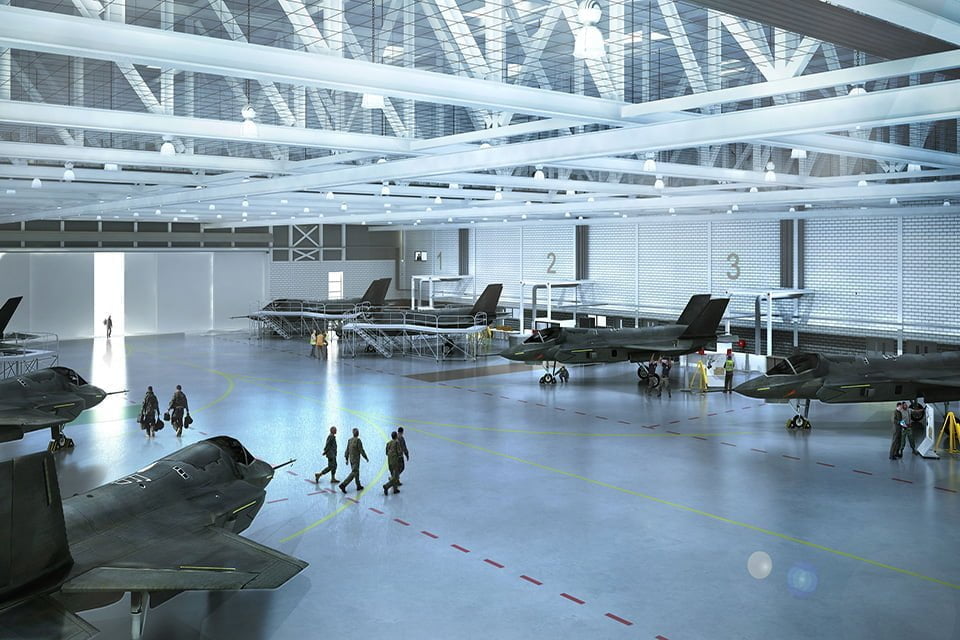
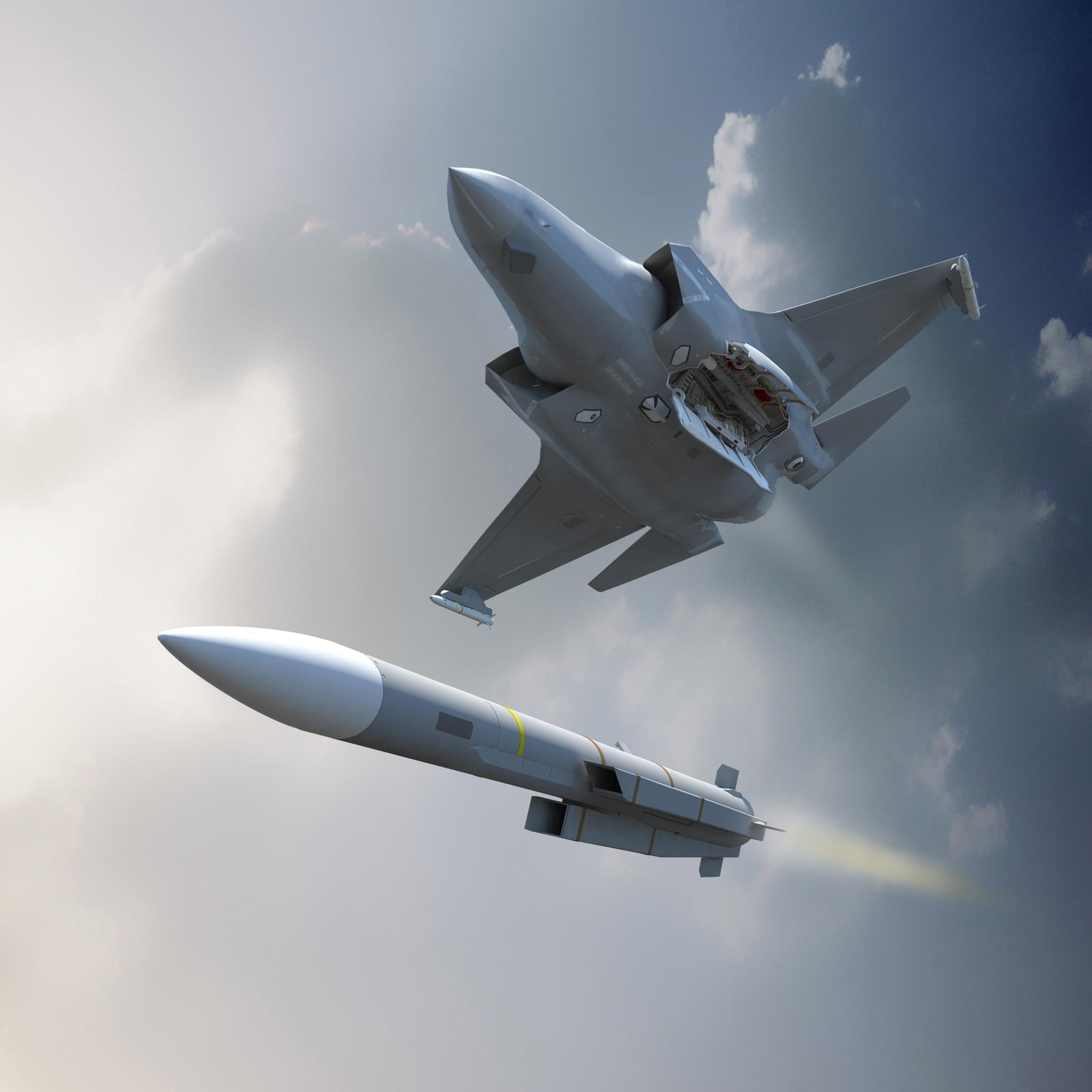

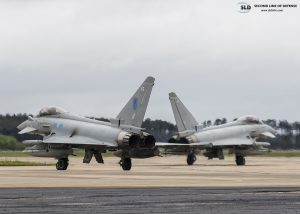 RAF Typhoons leaving EOR at JBLE for an Atlantic Trident ’17 vul.
RAF Typhoons leaving EOR at JBLE for an Atlantic Trident ’17 vul. From Presentation by Captain Walker, Royal Navy, at the Williams Foundation seminar on Air-Sea Integration, August 2016
From Presentation by Captain Walker, Royal Navy, at the Williams Foundation seminar on Air-Sea Integration, August 2016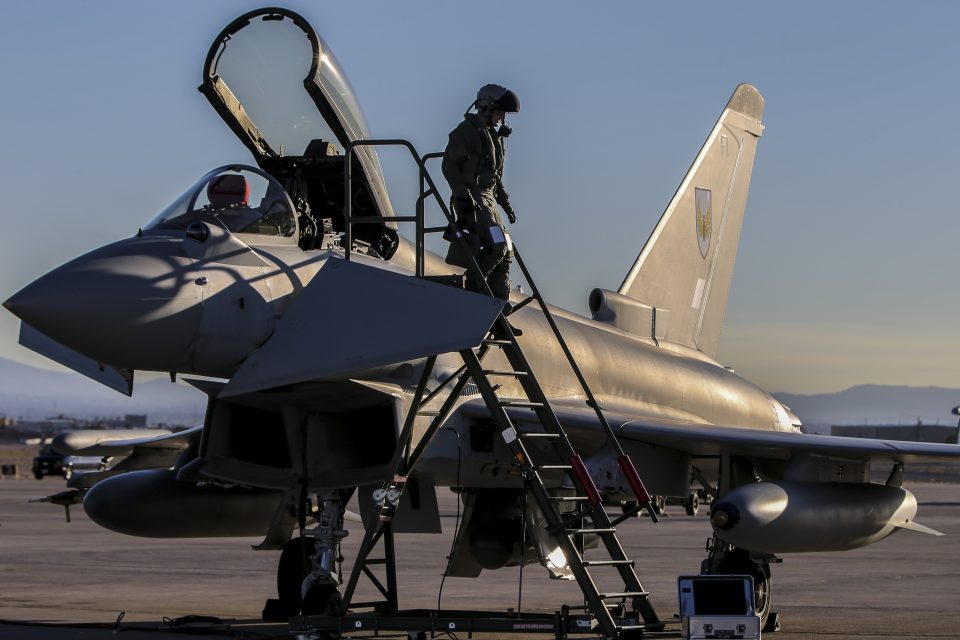
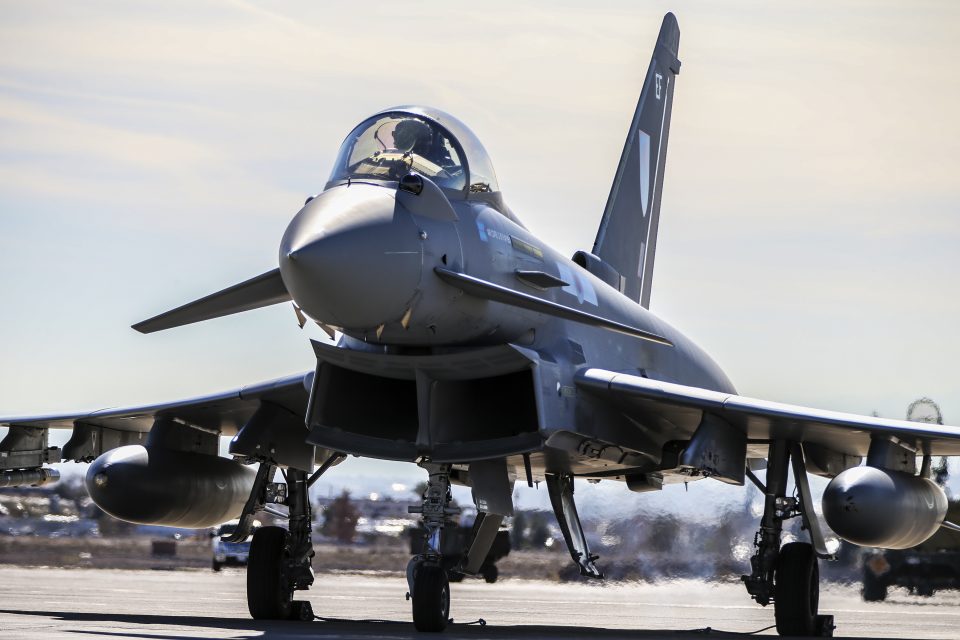
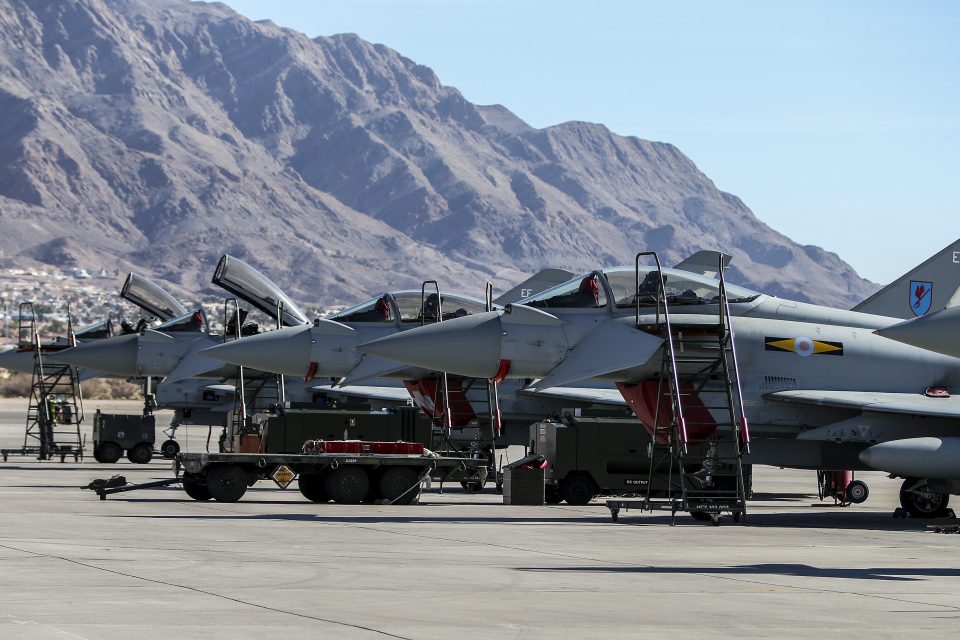
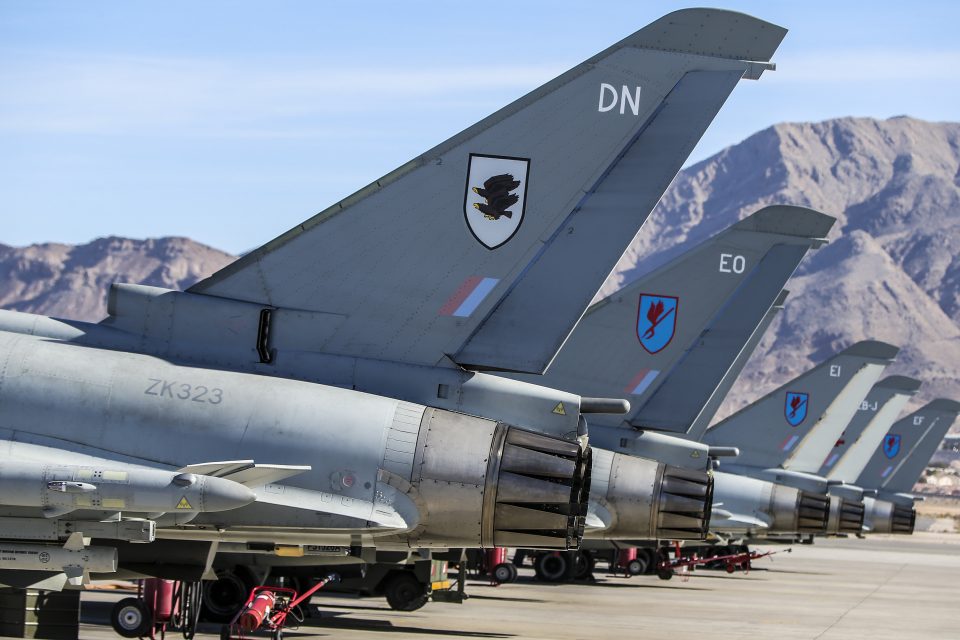
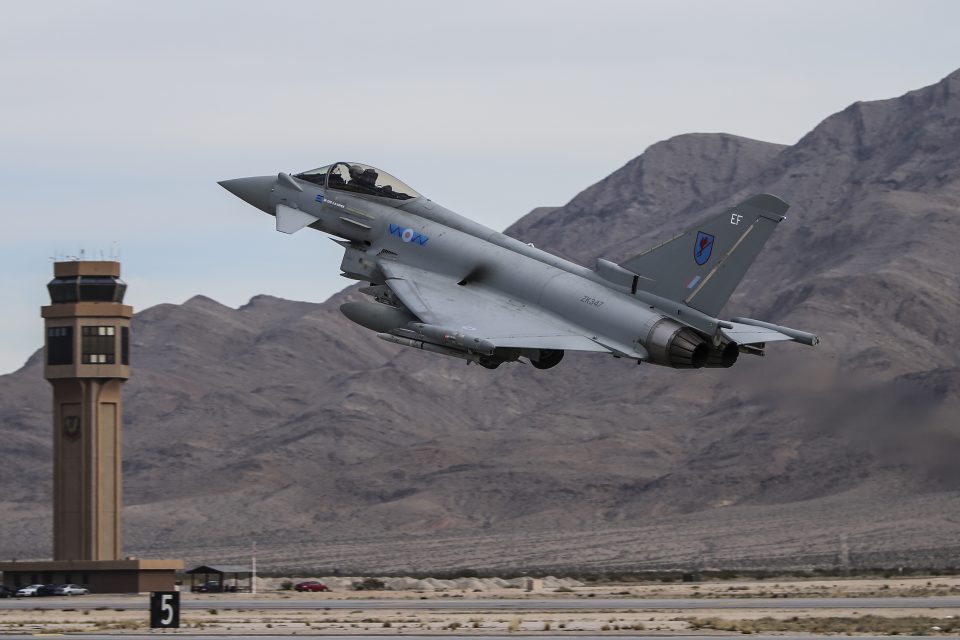
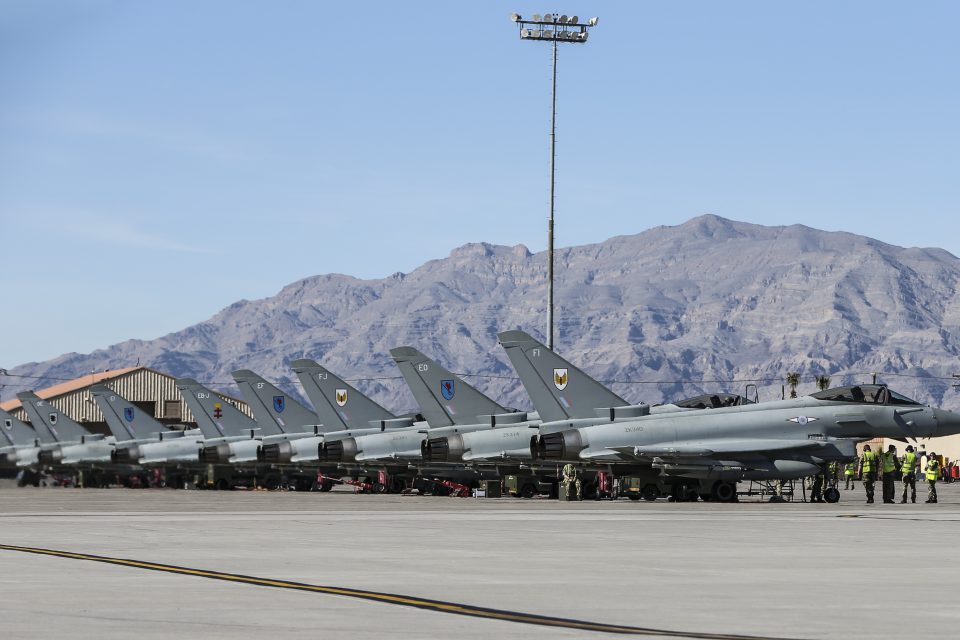


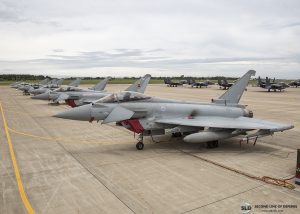 RAF Typhoons on the ramp with Strike Eaglesat Joint Base Langley-Eustis during Atlantic Trident ’17.
RAF Typhoons on the ramp with Strike Eaglesat Joint Base Langley-Eustis during Atlantic Trident ’17.